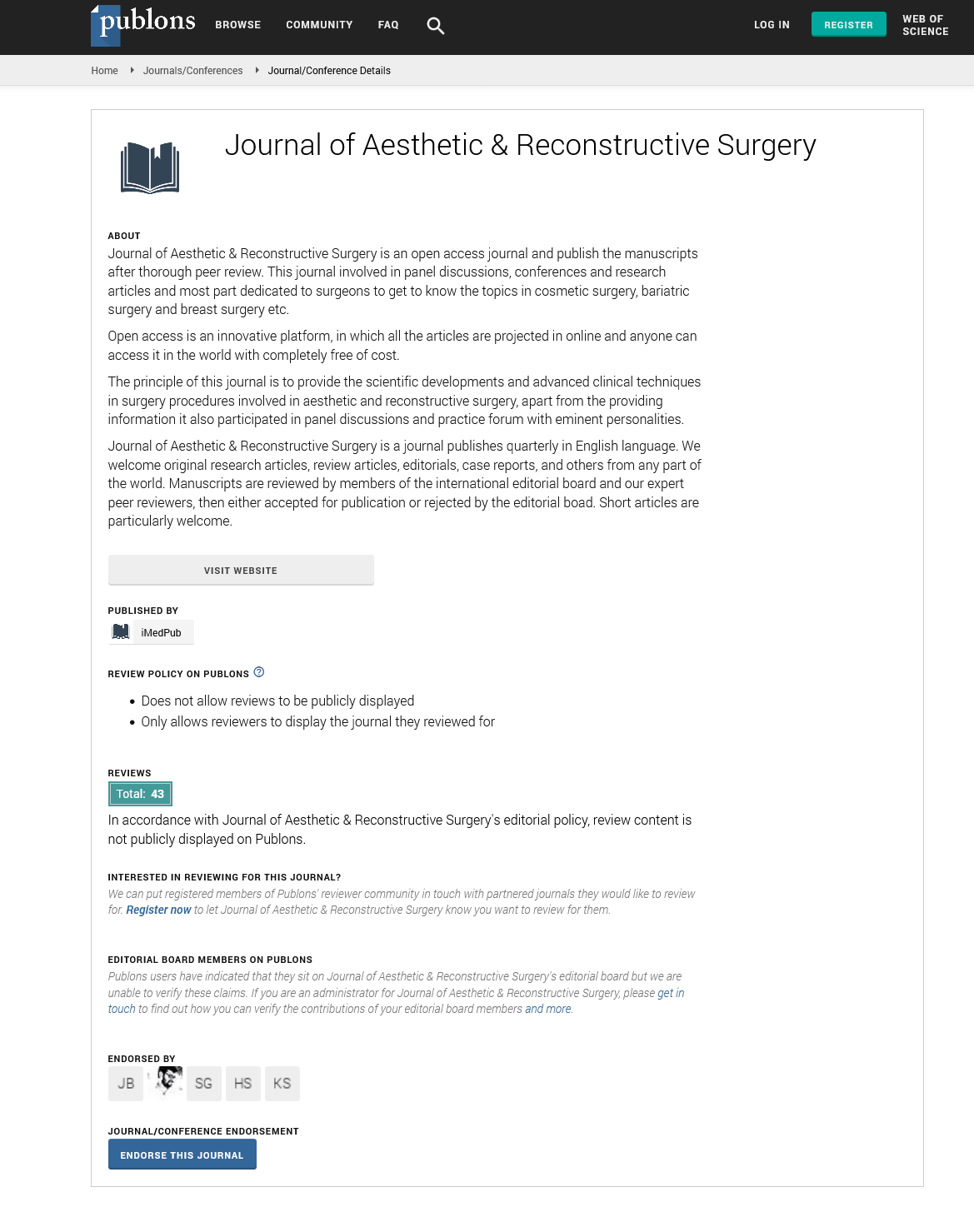Abstract
Radial Forearm Flap Donor Site Morbidity: A Systematic Review
Purpose: The reconstructive workhorse radial forearm flap has a known but not well-quantified donor site morbidity rate. This systematic review explores the incidence of functional and aesthetic radial forearm flap donor site morbidity.
Methods: A systematic review was performed of PubMed, Cochrane, Scopus, and Embase databases utilizing the terms “radial forearm flap” and “donor site.” Only English language, prospective studies from 1981 to present with more than 7 patients were included. Measures of flap characteristics, donor site treatment and functional/ aesthetic morbidity were pooled and analyzed.
Results: The search identified 777 unique studies, 30 of which were qualifying prospective studies – 9 randomized controlled trials and 21 cohort studies. A total of 1446 flaps were included. All were free flaps; 318 (22%) were cutaneous, 637 (44%) fasciocutaneous, 61 (4%) osteocutaneous, and 430 (30%) were unspecified free flap. Mean follow up was 11 months. A mean donor defect size of 48 cm2 was most commonly closed with full- (50%) or split- (40%) thickness skin grafting. The most common wound-related donor site morbidities were partial graft loss (10%), hematoma/seroma (6%), and tendon exposure (5%). Osteocutaneous flaps had a 6% rate of pathologic fractures. Functional donor site morbidities included dysesthesia (27%), unacceptable appearance (16%), and decreased range of motion (12%) and decreased strength (10%).
Conclusion: Donor site morbidity of the radial forearm flap is low, yet rates of functional impairments in sensation, range of motion, and strength are not negligible. Understanding the incidence of these impairments enables surgeons to counsel patients about postoperative donor site expectations.
Author(s):
Suma Yalamanchili, Robert M. Rotatori, Fernando Ovalle Jr. and Ryan M. Gobble*
Abstract | Full-Text | PDF
Share this

Google scholar citation report
Citations : 130
Journal of Aesthetic & Reconstructive Surgery received 130 citations as per google scholar report
Journal of Aesthetic & Reconstructive Surgery peer review process verified at publons
Abstracted/Indexed in
- Google Scholar
- China National Knowledge Infrastructure (CNKI)
- Directory of Research Journal Indexing (DRJI)
- WorldCat
- Publons
- Geneva Foundation for Medical Education and Research
- Secret Search Engine Labs
- Euro Pub
Open Access Journals
- Aquaculture & Veterinary Science
- Chemistry & Chemical Sciences
- Clinical Sciences
- Engineering
- General Science
- Genetics & Molecular Biology
- Health Care & Nursing
- Immunology & Microbiology
- Materials Science
- Mathematics & Physics
- Medical Sciences
- Neurology & Psychiatry
- Oncology & Cancer Science
- Pharmaceutical Sciences


